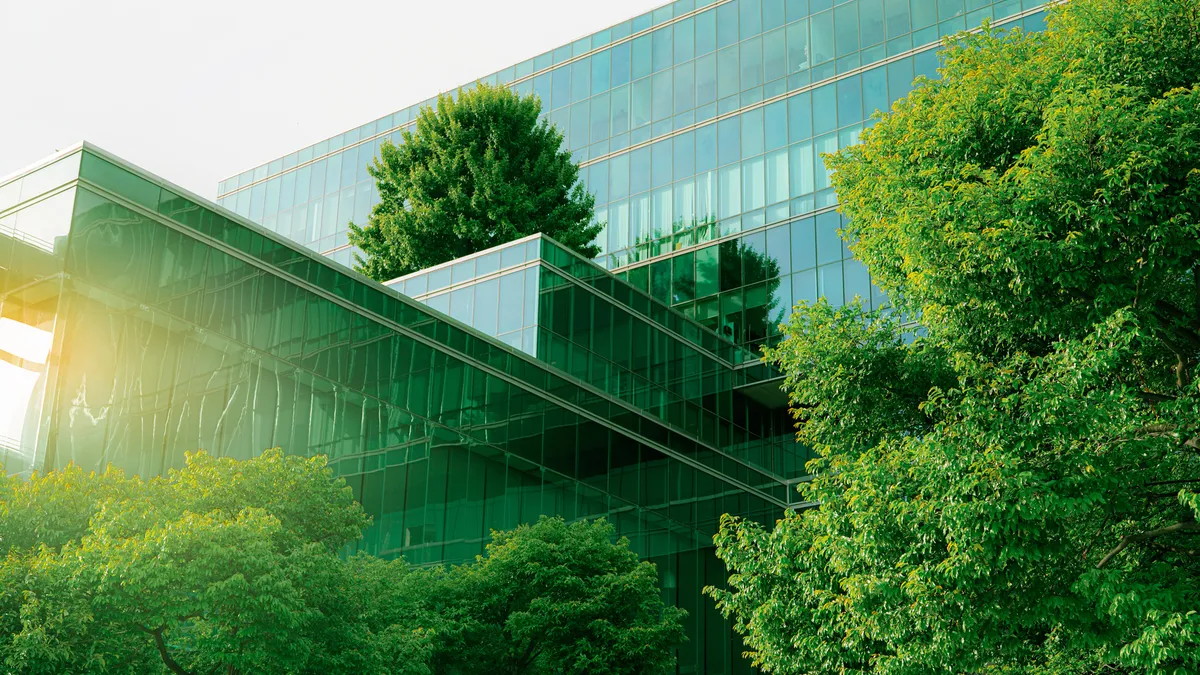Editor's Note: The following is a guest post from Glenn Lurie, president & CEO of Synchronoss.
As communities move past the first wave of COVID-19, businesses are exploring how they can safely bring employees back to offices and other indoor spaces to resume regular operations. Despite some companies' moves to allow employees work remotely on a permanent basis, most employees who were thrust into remote work during the first half of 2020 will soon be asked to return to their places of employment.
The truth is that for most businesses, keeping team members away from their usual places of work is not a long-term solution. The benefits of employees interacting in offices — fostering collaboration, communication and creativity — is well documented. Unfortunately, these benefits stand to be overshadowed by beliefs that the building where an employee works can be a significant health threat to that individual and their family.
When asking employees to return to the office, these beliefs can lead to consequences including the decimation of employee loyalty and retention, and the threat of lawsuits from employees who perceive that their employers are putting them at risk.
It is therefore incumbent upon enterprises, building owners and facility managers to do all they can to reassure those who pass through their buildings' doors that they are entering a space optimized to protect visitors from coronavirus and other airborne diseases.
This goes beyond appropriate spacing of workstations and disinfection of doorknobs. The same sort of smart building technologies that have allowed us to make systems more energy efficient and reduce operational risk can also create healthier buildings where workers and visitors feel safe and protected. The time has come to lean into these smart technologies, get employees back at their desks and begin the process of rebuilding economies.
Step 1: Shift smart building focus from efficiency to wellness
Smart building efforts have long focused on helping businesses make traditional buildings run more efficiently, minimizing operational risks and increasing profitability – all worthy and very attainable outcomes. In these difficult times, though, when coronavirus is a life-or-death threat to so many workers and has taken such a devastating toll on the global economy, enterprises must shift priorities to the health and safety of their workers.
The onus is on businesses to provide the best working environments for their employees’ wellness, which can make good business sense, as well. Employees who know their workplaces are optimized for good health and a reduced risk of respiratory virus transmission will be more motivated and dedicated than those who work in buildings that put their wellness in jeopardy. In fact, an employer’s concern and attention to workspace health may soon be as important for new hire recruiting as the number of vacation days provided.
Step 2: Make collected data meaningful
Technology capable of monitoring for and helping to reduce airborne diseases is already available. Smart building solutions help control airflow, monitor water and air filtration systems; understand occupant behavior and space utilization; and even detect and kill pathogens and germs through ventilation systems.
The key to their success is bringing together the data amassed by potentially hundreds of sensors, developed in disparate silos, and turning it into meaningful information that can be acted upon at a moment’s notice. In other words, facility managers — whether onsite or remote — must have access to a round-the-clock, holistic, single-view management platform that provides information about a building’s real-time wellness.
As sensors and building management systems are connected, smart building technologies can gather, measure and analyze critical data to help facility managers understand and optimize a building’s health. These same building managers, who most likely are not trained epidemiologists, can then set building wellness thresholds, respond to alarms if those thresholds are breeched, and quickly make informed decisions that are in the best interest of the health of employees.
Step 3: Develop healthy building certification
To satisfy employees' demands for safe office spaces, enterprises and building owners must also strive to meet building wellness standards that are widely recognized via a healthy building certification process. A certification of this kind serves as a public statement that building owners and managers are taking all possible precautions to ensure the health and well-being of every individual.
Standards development already is taking place. The American Society of Heating, Refrigerating and Air-Conditioning Engineers (ASHRAE), for example, recently published a document that outlines criteria, guidelines and good engineering practices for better controlling the dissemination of infectious airborne diseases. As these standards are applied to smart building solutions and monitored for individual locations, building owners will have a framework upon which to build and publicly share a consolidated, evidence-based healthy building score. This score will stand as a proof point that building owners and employers are in compliance with health standards for indoor environments.
The time has come for action
The vast majority of employees are more than ready to return to business as usual in their places of work. What’s holding this up are very real fears about potential contagions at the workplaces — concerns that likely will be with us for a long time to come. To return to any sense of normalcy, both employers and employees need some level of assurance that everything possible is being done to protect the health of workers.
The technological foundation that makes this possible is ready to go. Smart building sensor-based solutions, the ability to quickly analyze and use data to make decisions that will safeguard the health of employees, and agreed upon well-building standards are coming together to allow businesses to provide workplaces that minimize health risks and build the confidence of workers.
We have the technology to take care of employees. Now is the time to put it in place.


















